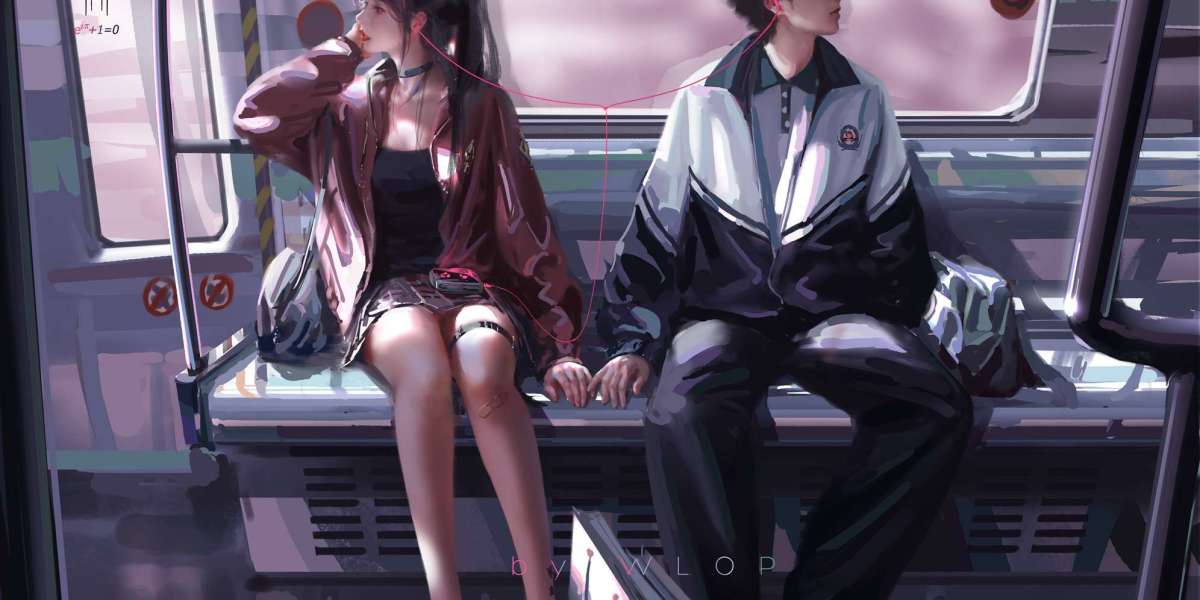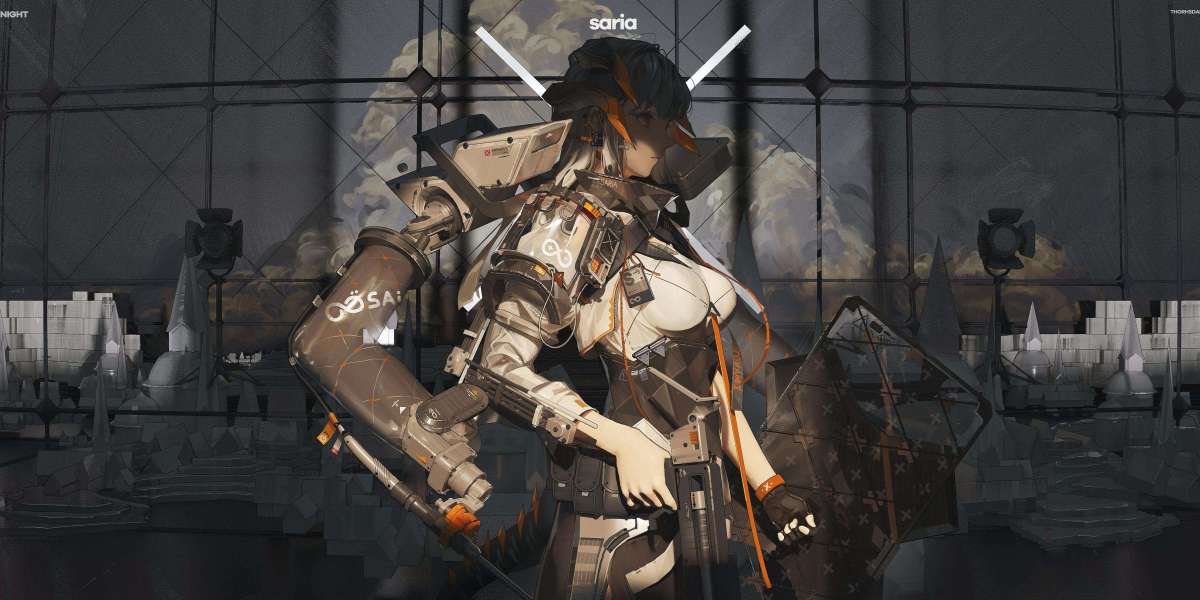3D printing has revolutionized the way we create objects, but it is not without its challenges. Understanding the common issues that arise during the printing process is essential for effective 3D print troubleshooting. In this article, we will explore the top ten problems you may encounter and provide practical solutions to enhance your printing experience.
1. Warping
Warping occurs when the corners of a print lift off the build plate, leading to an uneven surface. This issue is often caused by rapid cooling of the material. To mitigate warping, ensure that your print bed is heated adequately and consider using a brim or raft to help anchor the print.
2. Layer Adhesion Issues
Poor layer adhesion can result in prints that are weak or easily breakable. This problem may arise from incorrect temperature settings or insufficient extrusion. To improve layer adhesion, check your nozzle temperature and ensure that your filament is dry and free from moisture.
3. Stringing
Stringing refers to the fine strands of plastic that appear between printed parts. This issue is often due to excessive retraction settings or incorrect temperature. Adjusting the retraction distance and speed can significantly reduce stringing. Additionally, lowering the nozzle temperature may help.
4. Under-extrusion
Under-extrusion occurs when the printer fails to deliver enough filament, resulting in gaps in the print. This can be caused by a clogged nozzle or incorrect settings. Regularly clean your nozzle and check your extrusion multiplier to ensure optimal flow.
5. Over-extrusion
Conversely, over-extrusion leads to excess filament being laid down, causing blobs and zits on the surface. This issue can often be resolved by adjusting the extrusion multiplier or calibrating your steps per millimeter (mm) settings.
6. Nozzle Clogs
Nozzle clogs can halt your printing process entirely. They are often caused by debris or filament degradation. Regular maintenance, including cleaning the nozzle and using high-quality filament, can prevent this issue from occurring.
7. Print Misalignment
Misalignment can result in prints that are skewed or improperly layered. This issue may stem from mechanical problems or incorrect bed leveling. Always ensure that your print bed is level and that your printer's axes are properly calibrated.
8. Filament Jamming
Filament jams can occur when the filament does not feed smoothly into the extruder. This can be caused by a variety of factors, including improper spool placement or a worn-out extruder gear. Regularly inspect your filament path and replace any worn components.
9. Surface Finish Issues
A poor surface finish can detract from the quality of your print. This may be due to incorrect print speed or temperature settings. Experimenting with different speeds and temperatures can help achieve a smoother finish.
10. Failed Prints
Finally, failed prints can be incredibly frustrating. They can result from a combination of the issues mentioned above. To minimize failures, consider using a comprehensive guide on preventing 3D printing failures, such as the one found here.
Conclusion
Effective 3D print troubleshooting is crucial for achieving high-quality prints. By understanding these common issues and their solutions, you can enhance your 3D printing experience and reduce the likelihood of failures. Remember, regular maintenance and adjustments can go a long way in ensuring successful prints.








